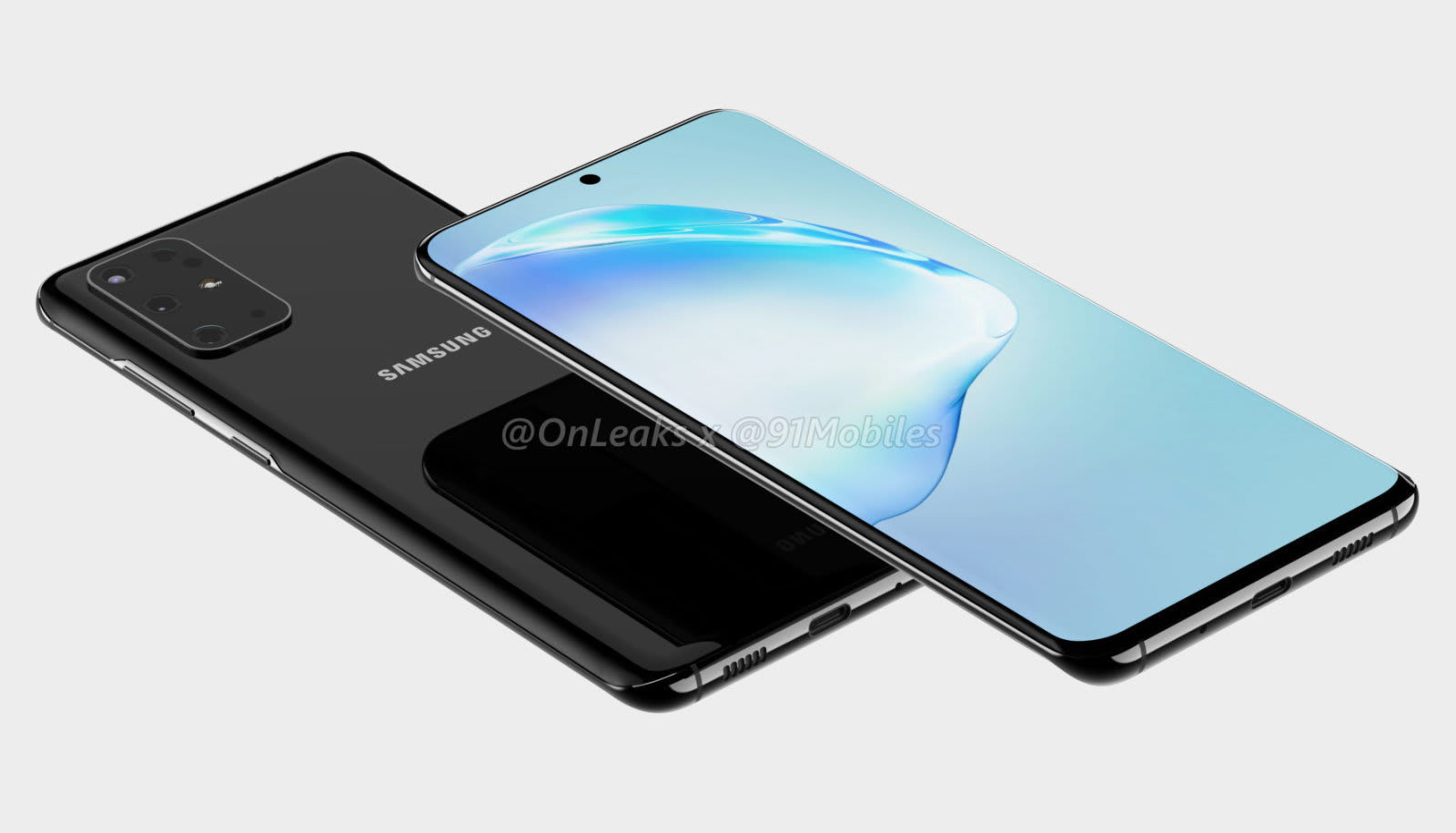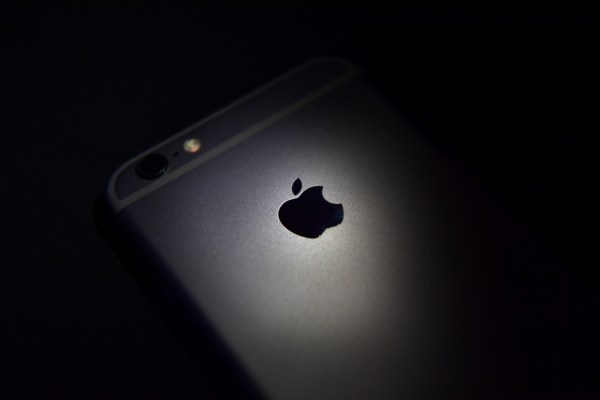
Qualcomm hosted its third-annual Snapdragon Tech Summit this week in Maui.
Shara Tibken/CNETChip giant Qualcomm has gathered hundreds of reporters and analysts in Hawaii this week to talk up its newest processors for mobile devices. Only a few minutes pass without some executive mentioning 5G and how popular the super-fast connectivity will be in 2020.
But the biggest news of the show hasn't been the whiz bang features of Qualcomm's new chips, though, or how many 5G phones should ship over the next few years. Instead, what everyone has been talking about on the ground at the Snapdragon Tech Summit is something the new Snapdragon 865 processor for premium smartphones doesn't have: an integrated modem.
Smartphones need a lot of components to operate, but two key parts that make a phone a phone are the application processor that acts as the brains of a device and a modem that connects it to a mobile network. The first 5G devices needed standalone modems that worked alongside the main computing processor. That was because 5G technology was so new, it was too difficult to combine it with the brains. Now, all chip makers are in the process of combining their modems with their application processors.
But Qualcomm's decision to keep the modem separate marks a reversal of its one of its key strategies. The world's biggest wireless chipmaker has long been known for its ability to integrate its processors, known as a system on a chip, or SoC. The biggest benefits of SoCs are better battery life and lower cost. Instead of two chips taking up room in a phone, there's just one, resulting in thinner, sleeker phones or more room for bigger batteries. Having an integrated chip also enables device makers to quickly develop phones for essentially any 5G network in the world, and it makes 5G handsets cheaper for consumers.
"Qualcomm has made the argument for years that [integrated chips] are better and more power efficient," Technalysis Research analyst Bob O'Donnell said. "But all kinds of factors could have led them to determine that for now, on the high-end part with more components and capabilities, it's better to keep them separate."
Qualcomm has been talking about its first 5G integrated chip since February, when Samsung joined it on stage at the Mobile World Congress trade show in Barcelona to say it would be the first company to use that processor. Many market watchers, including this reporter, assumed it would be Qualcomm's highest-end chip to offer the technology first. We were wrong.
Instead, it's Qualcomm's Snapdragon 765 and 765G processors for mid-range phones that come packed with 5G modems, the company said this week at its Snapdragon Tech Summit in Maui. The logical question: Why wouldn't Qualcomm pack 5G into its biggest and baddest chip?
The Snapdragon 865 "isn't integrated because it would not be the right technical solution, unless you compromise on the application processor or compromise on the modem," Qualcomm President Cristiano Amon said in an interview Tuesday. "We chose to compromise on none of them."
If Qualcomm didn't pare back the modem or the app processor features, he said, the resulting chip would be too big and too power hungry for high-end smartphones.
"If try to do a chip without compromising on any of it, the chip is so big, we have issues in terms of cost, ability to scale and performance," Amon said.
5G's first steps
5G promises to significantly boost the speed, coverage and responsiveness of wireless networks. It can run between 10 and 100 times faster than your typical cellular connection today, potentially changing what we can do out in the field.
Last year's Snapdragon 855, which powered the first 5G phones, came embedded with Qualcomm's X24 gigabit LTE modem. To get a 5G connection, handset makers paired it with the company's X50 5G modem. Most handset makers opted to release one 5G variant and stick with 4G for the rest of their lineup.
"Every 5G product launched for any carrier in the world was an incremental product to what they already had for the year," Ryan Sullivan, vice president of product development and engineering at Sprint, said in an interview Tuesday.
Samsung's main phones this year were the Galaxy S10 and Note 10 with 4G. The 5G models commanded premiums of $300 and $200, respectively, over the 4G versions.
Eventually, "5G becomes part of the package for these devices," Sullivan said. "If it's a few hundred-dollar adder for 5G, it never becomes mass market."
Whether that happens in 2020 is uncertain. Mark McDiarmid, T-Mobile senior vice president of radio network engineering and development, expects the premium for devices accessing the low-band variant of 5G will go away in about two to three years. "But mmWave is a different thing because I think it's going to take other countries deploying mmWave and consume mmWave devices to eliminate the cost premium there," he said in an interview Wednesday.
Snapdragon 865
In a break from tradition, Qualcomm's premium tier Snapdragon 865 won't come with any embedded modem. It will only work when paired with Qualcomm's X55 modem, which connects to everything from 2G to 5G networks. It works on all different flavors of 5G from the slower but more reliable low-band spectrum to the ultra-fast but short-range millimeter wave frequency.
"If you look at performance, we're No. 1 in all areas, sustained CPU, GPU [and so on]," Amon said. "We believe the uses cases [for high-end 5G smartphones] will demand it." (Reporters will conduct speed tests to verify those claims).
He noted that the battery life of devices using the Snapdragon 865 paired with the X55 will be much better than phones last year that combined the Snapdragon 855 with the X50 modem. It will be even better than 4G phones that last year that used only the Snapdragon 855 with its embedded X24 modem, he said.

Qualcomm's Snapdragon 765 chip is the first to integrate 5G with the brains of the phone. That helps battery life and makes devices cheaper.
QualcommPart of the rationale behind keeping the modem and application processor separate could be Qualcomm's partnership with Apple, Creative Strategies analyst Ben Bajarin said. Apple is one of the only handset companies in the world that doesn't have integrated modems in its phones. It makes the application processors that run its iPhones, but it relies on partners like Qualcomm and Intel for the modems to connect them to cellular networks.
Qualcomm also has launched a new 5G module system that combines its modem with the antennas needed to connect a phone to a network. That move makes it easier for companies to churn out 5G phones faster and lets companies without deep engineering know-how create new devices. HMD, which makes Nokia phones, is one company that will use Qualcomm's modules.
The strategy of keeping the 865 and modem separate "doesn't lock new customers into only having to use the full SoC," Bajarin said. "Serving Apple actually helps them serve new markets so it's win-win. I believe they could have integrated it but chose not to so they can develop the module strategy which is a good one."
Snapdragon 765
To get even better battery life and the benefits of integrated chips, though, handset makers will have turn to Qualcomm's new Snapdragon 765 or 765G (the "G" version is for gaming phones).
Handset makers using the integrated Snapdragon 765 get some premium features, but they're not quite as high end as in the 865. The 765's X52 modem reaches only 3.7Gbps download speeds versus 7.5Gbps in the x55 modem that pairs with the 865, and it can't run as many operations per second.
"The difference [from the Snapdragon 865] is scaled-down version of features," Alex Katouzian, senior vice president and general manager of mobile at Qualcomm, said in an interview ahead of the summit.
He added that when shifting to 4G LTE a decade ago, Qualcomm didn't integrate the modem with the application processor in its high-end chip until the third generation.
"The standard is new," Katouzian said. "We haven't had time to vet out different features for the modem to make it more optimized and smaller. What happens over the course of time is some features get used a lot more than others so we can figure out what to use and what not to use."
Stacking up with rivals
Qualcomm, however, faces a pack of rivals -- Huawei, MediaTek and Samsung -- that have already unveiled their own integrated 5G processors.
Huawei's Kirin 990 chip, announced at IFA in September, integrates 5G with the brains of the device for its own premium smartphones. MediaTek's new Dimensity 1000 5G-integrated chip also targets the high-end smartphone market, and it's the only one that boasts download speeds higher than Qualcomm's Snapdragon 765.
Samsung's 5G-integrated Exynos 980, unveiled in September, is aimed more at mid-range devices.
Huawei's 990 chip can facilitate download speeds of 2.3Gbps and upload speeds of 1.25Gbps. In comparison, MediaTek's Dimensity 1000 boasts download speeds of up to 4.7Gbps and upload speeds of 2.6Gbps. Both have limitations on which bands they can tap into; they can't access the ultra-fast millimeter wave spectrum favored by Verizon.
"Our 5G technology goes head-to-head with anyone in the industry," MediaTek President Joe Chen said in a press release announcing the Dimensity 1000 last month.
Amon, in a roundtable with reporters on Tuesday, disputed the claims by Qualcomm's rivals that they have the most powerful, efficient chips.
"There are some companies who rush into integration," Amon said. "A competitor in China … downgraded the capability of the modem as it went from discrete to integrated."
He didn't name the rival, but he likely was referring to Huawei. The Chinese company's earlier discrete 5G chip, the Balong 5000, could reach download speeds that topped out at 7.5Gbps when combining 5G with LTE. Its integrated Kirin 990 only works on the lower spectrum bands and has peak download speeds only half as fast as the Balong 5000.
"Everybody rushed to do an SoC, compromising the technology on the modem and the apps processor," Amon said in an interview with CNET. That included "companies who had everything to lead in the modem. … It's interesting that when everyone went that direction, we went the other direction."
We'll now have to see what that actually means for 2020's smartphones.
CNET's Jessica Dolcourt contributed to this report.
https://news.google.com/__i/rss/rd/articles/CBMiaGh0dHBzOi8vd3d3LmNuZXQuY29tL25ld3MvcXVhbGNvbW1zLXNuYXBkcmFnb24tODY1LWNoaXAtd29udC1jb21lLXdpdGgtNWctYnVpbHQtaW4taGVyZXMtd2h5LWl0LW1hdHRlcnMv0gEA?oc=5
2019-12-06 13:00:00Z
52780465936035













